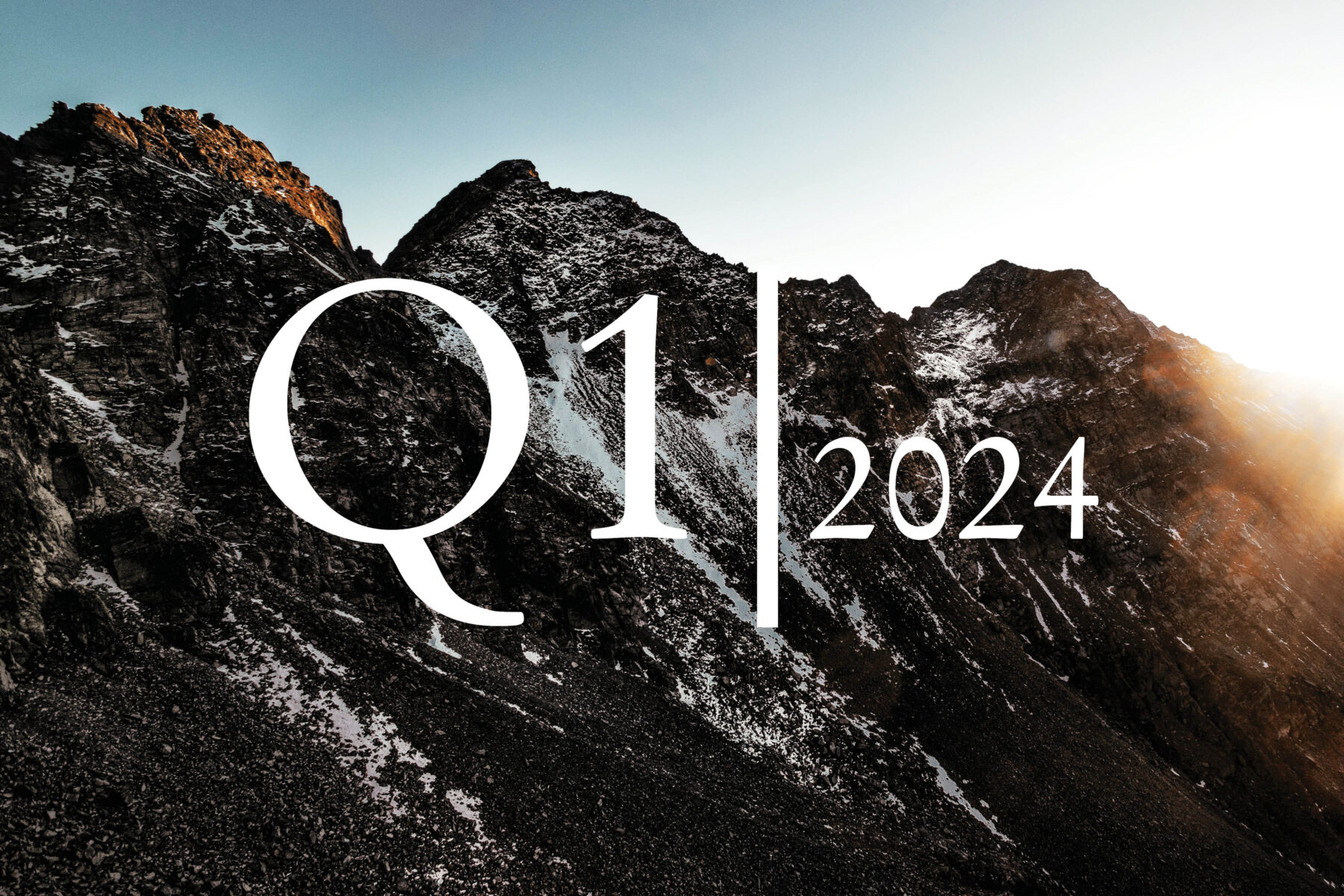Geopolitics and monetary policy are the main drivers on FX market
The euro suffered repeated setbacks in 2023. The third quarter in particular saw a sharp decline, with the euro starting the fourth quarter at less than USD 1.05 per euro. The euro initially remained under pressure in the fourth quarter, but was able to make up significant ground in November, appreciating to 1.10, before falling again slightly in December. The accelerator for the euro's rise was the publication of inflation data for October. Market players reacted with relief to the continuing fall in the inflation rate. Since then, a further tightening of US monetary policy has been considered extremely unlikely. As a result, the dollar has lost some of its overvaluation.
EUR/USD: Will the USA's interest rate lead hold?
Both key interest rates and market interest rates gave the US dollar a boost in 2023. However, the advantage could diminish somewhat in 2024
However, even at the current level, the US dollar remains overvalued in terms of fundamental criteria. This is due in particular to the geopolitical situation, which continues to drive money into the safe haven of the US dollar. This is unlikely to change much in the coming year. If the global situation remains anywhere near as unstable as it has been this year, there will always be reasons to build up US dollar positions. The greenback is therefore likely to remain structurally strong, similar to the Swiss franc, which is also in demand in times of crisis.
EUR/CHF: Swiss franc remains in demand as a safe haven
EUR/CHF remains well below parity. As long as geopolitical tensions persist, the franc will remain strong
A second important factor was the resilience of the US economy. Despite the rapid rise in interest rates, the economy did not crash. So far, it looks like a soft landing. Looking ahead, much depends on the extent to which inflation in the USA and the eurozone falls and how the economy develops. The latest inflation data suggests that the central banks will be able to take their foot off the brake pedal somewhat in the coming year in order to support the economy. The US Federal Reserve could start lowering its key interest rate a little earlier. It is also likely to lower it more than the ECB over the course of the year. Overall, this argues in favour of a slightly weaker US dollar and therefore a stronger euro. However, the sharp fall in euro inflation in November and the subsequent reaction of the currency market with a weaker euro again show how much the currency market depends on inflation data and assumptions about future monetary policy.
The US presidential election is due in 2024. It is still too early to analyse the potential outcome. However, it is quite clear that the central bank will have the election in mind when making its monetary policy decisions.
Exchange rate forecasts
Berenberg and consensus forecast in comparison, values at mid-year 2024 and year-end 2024



